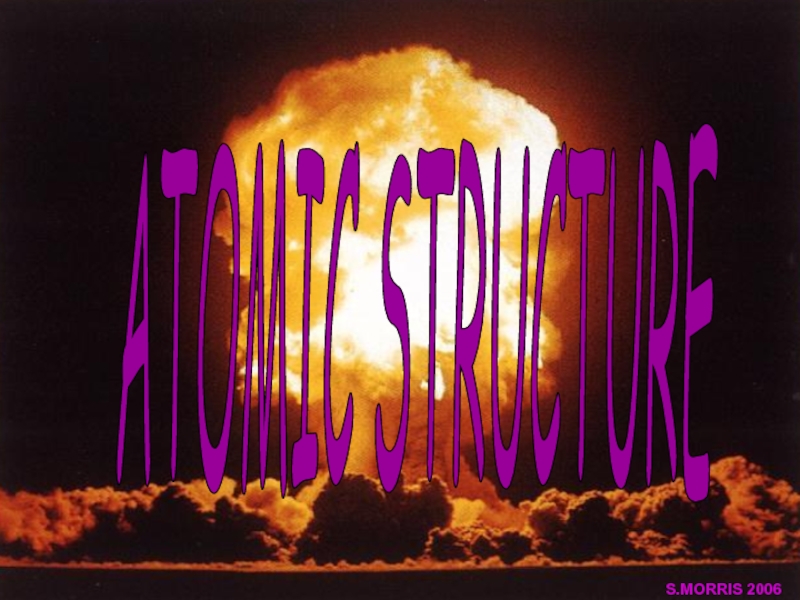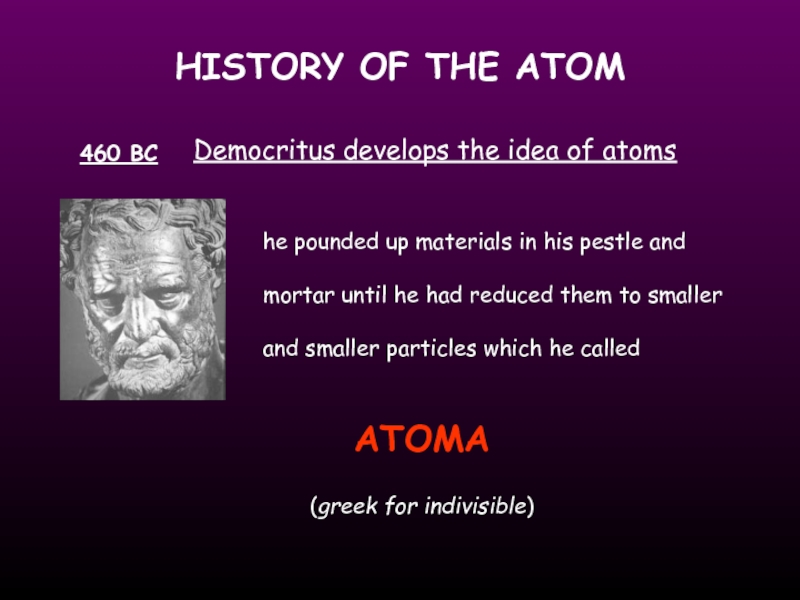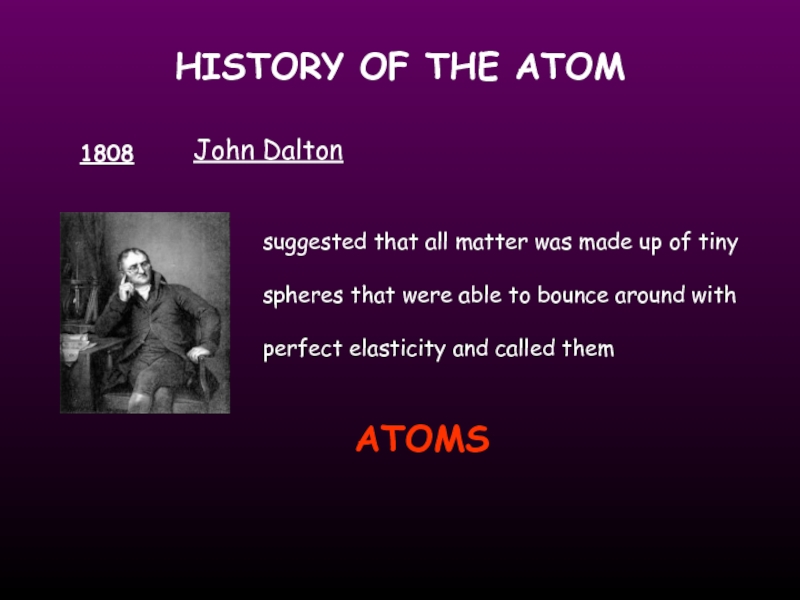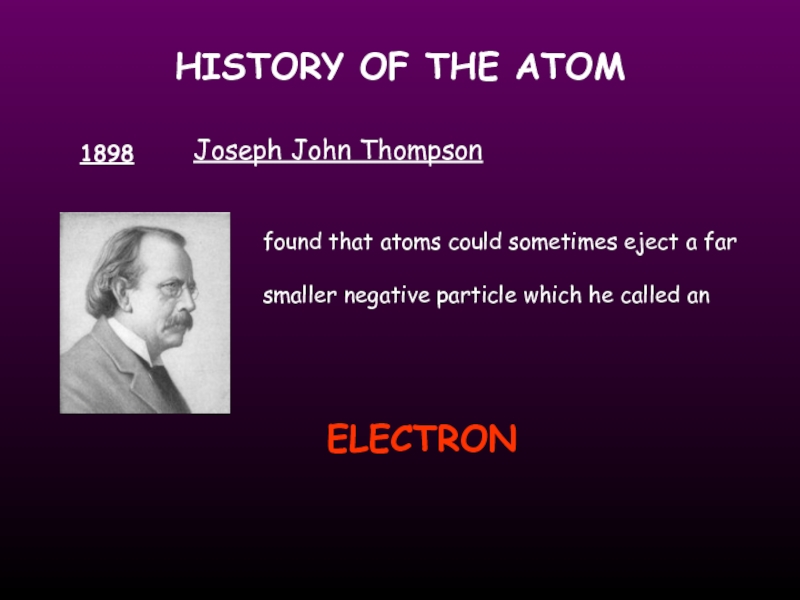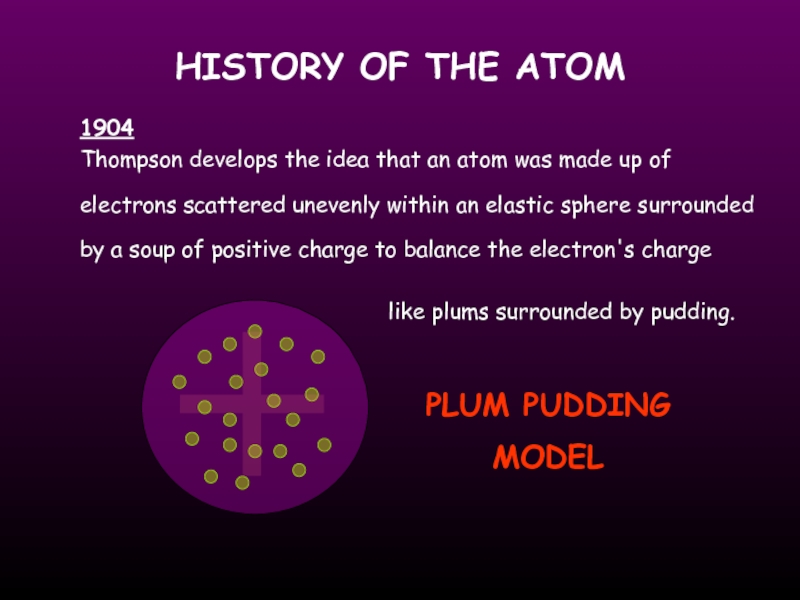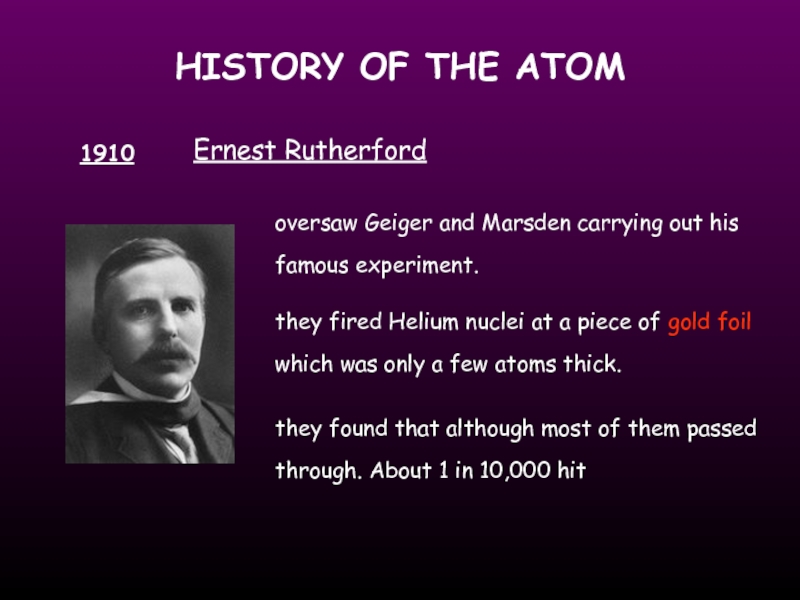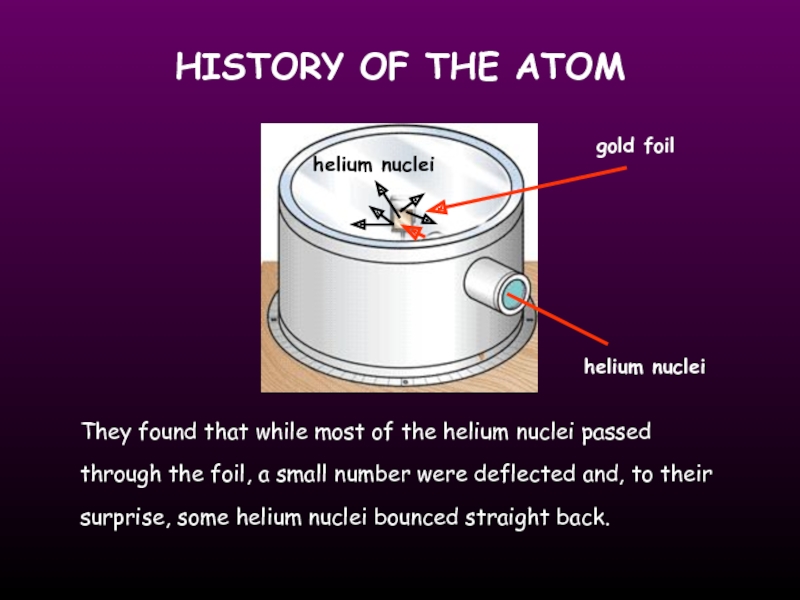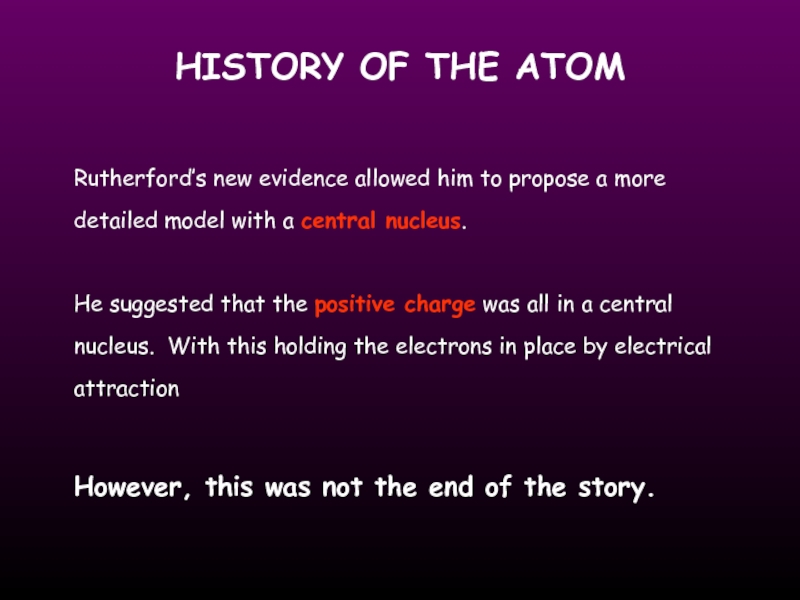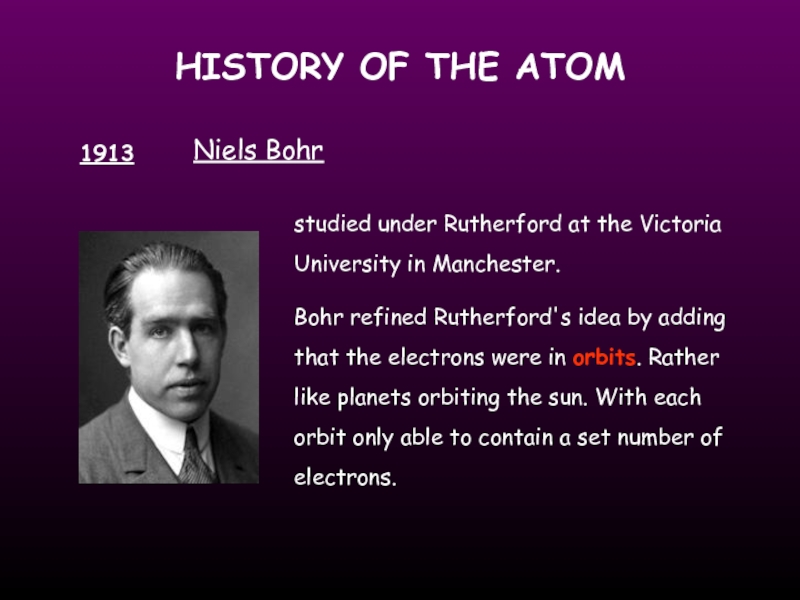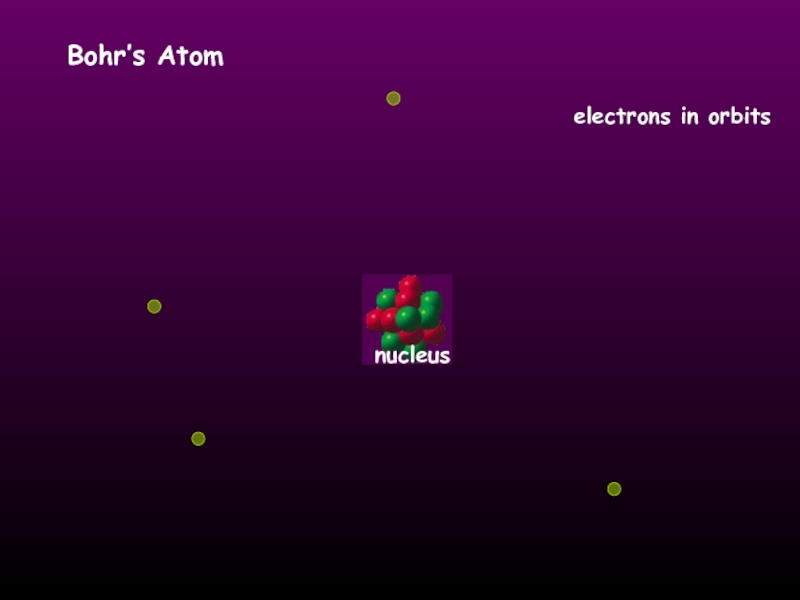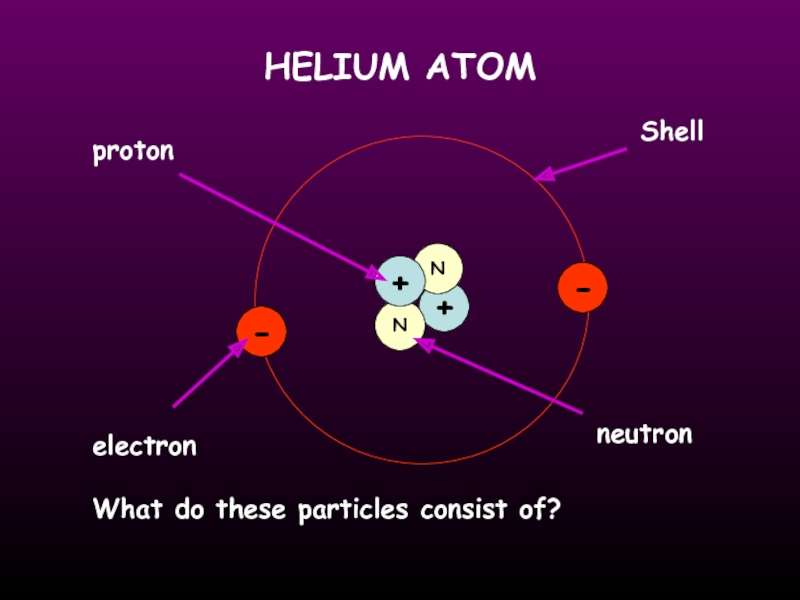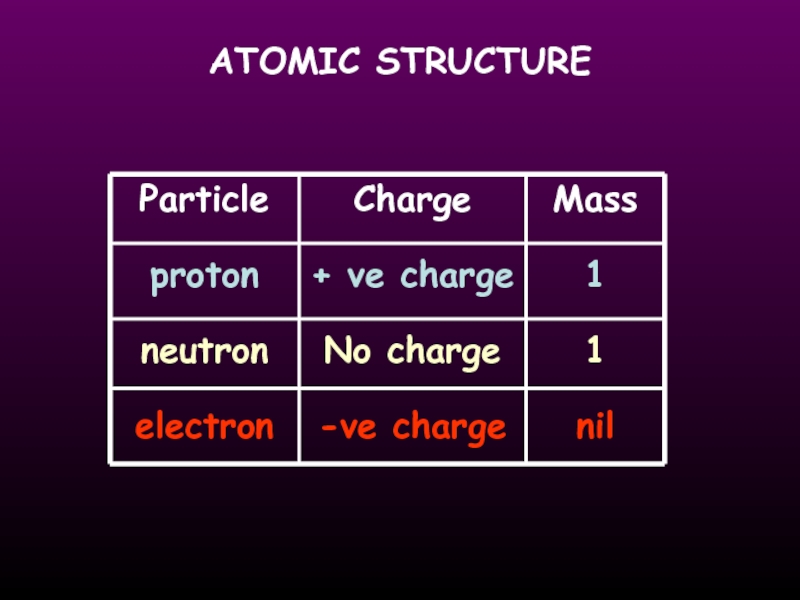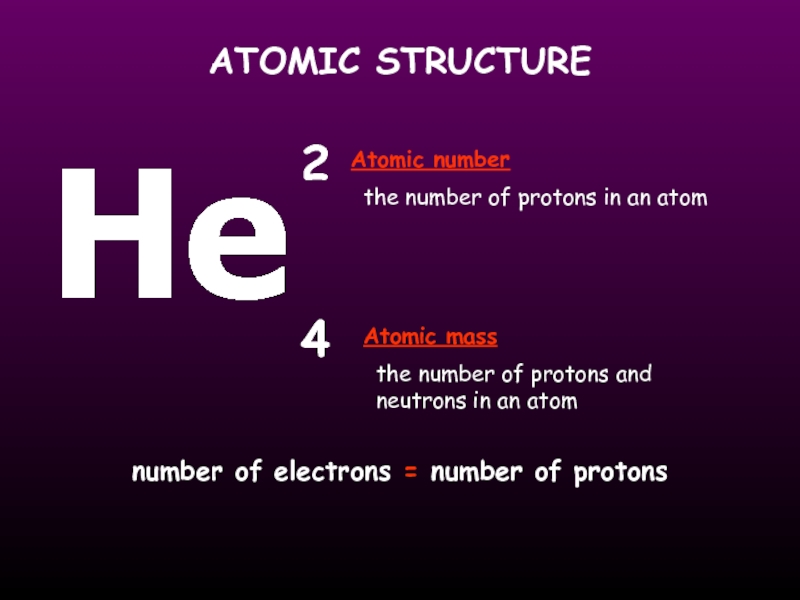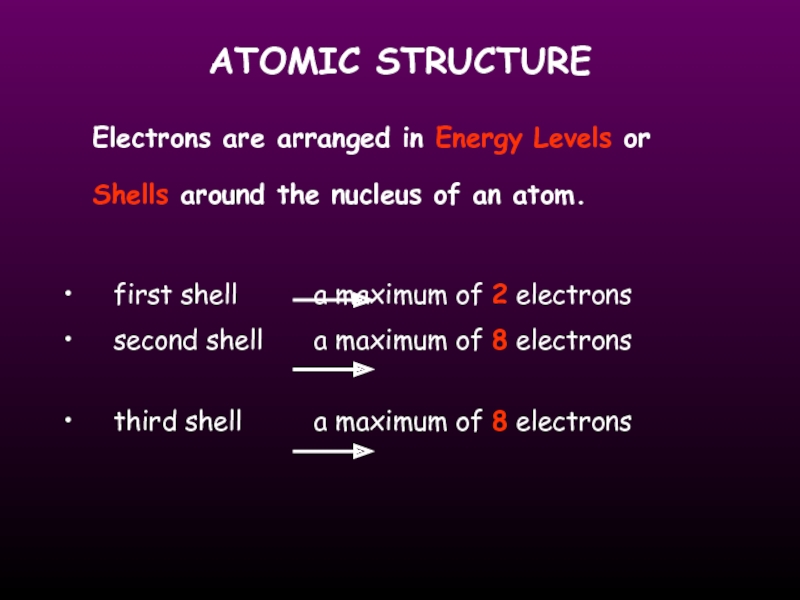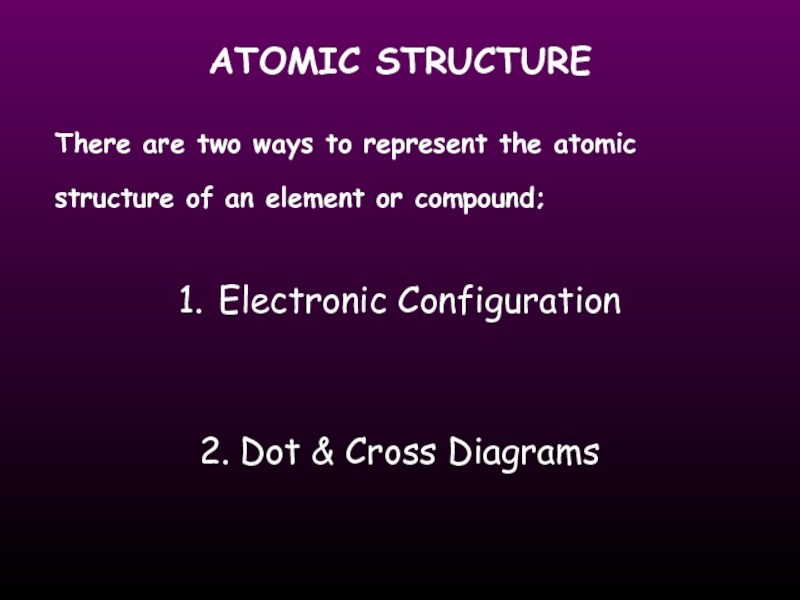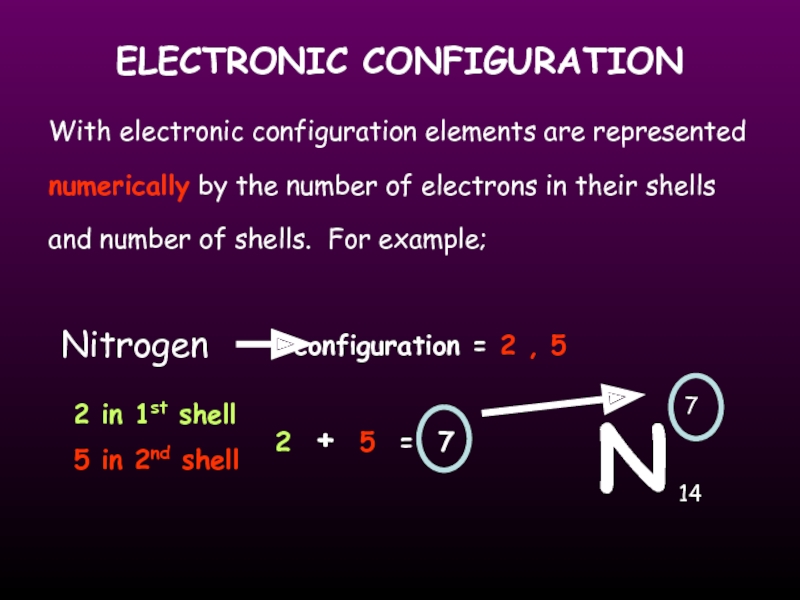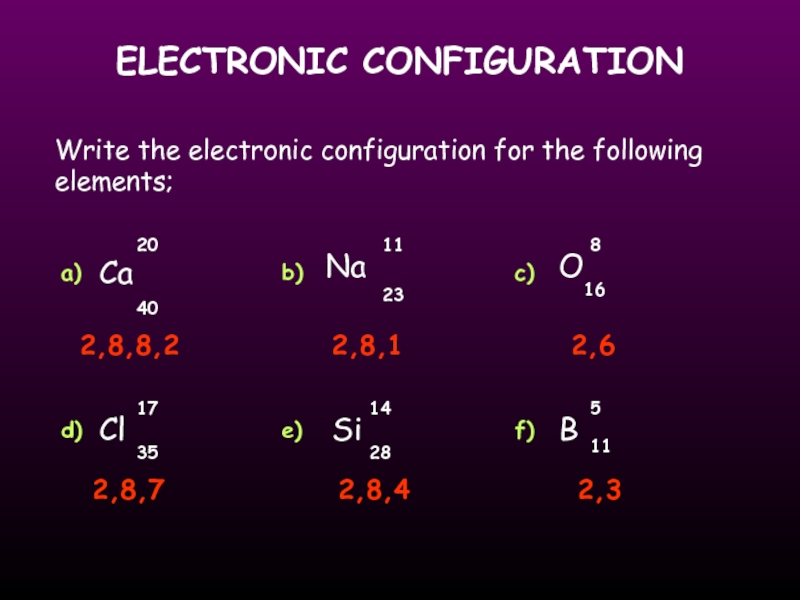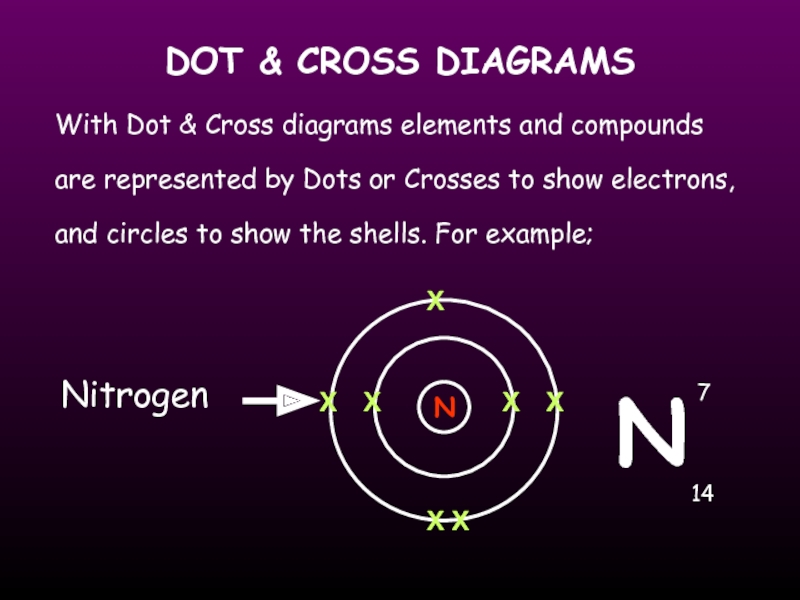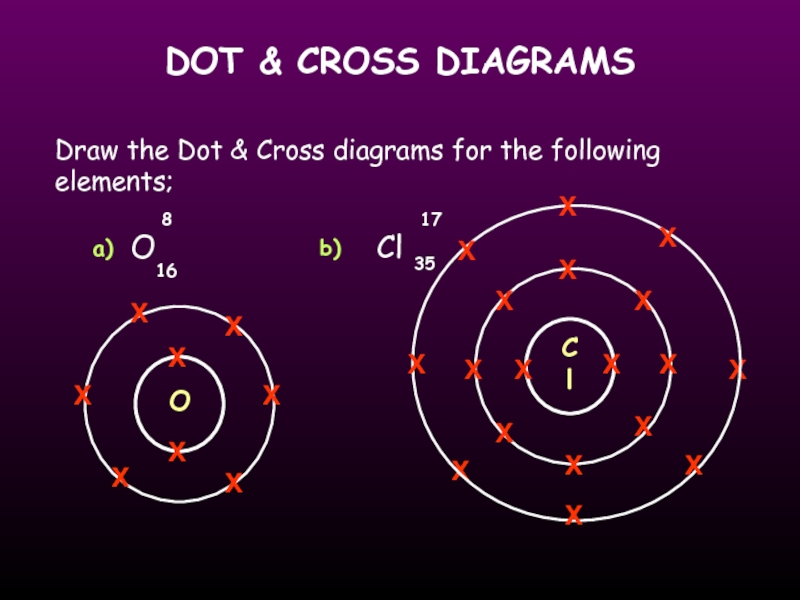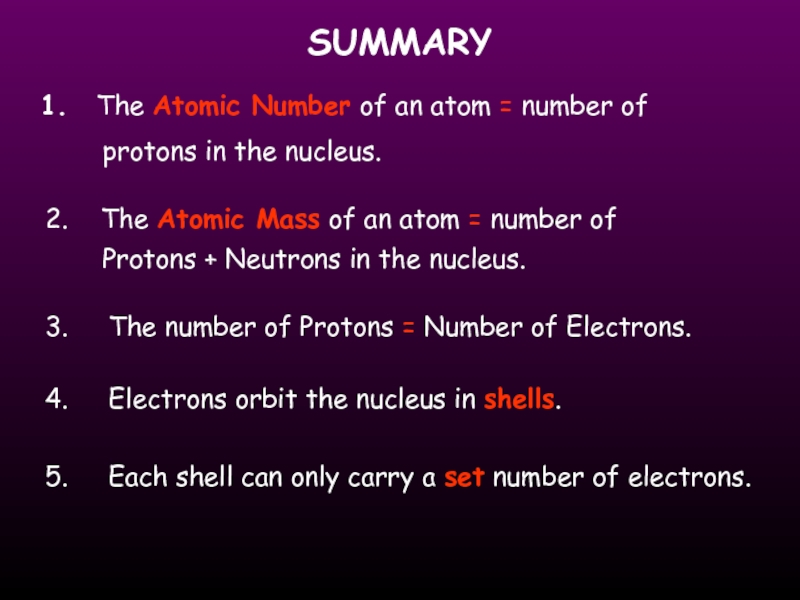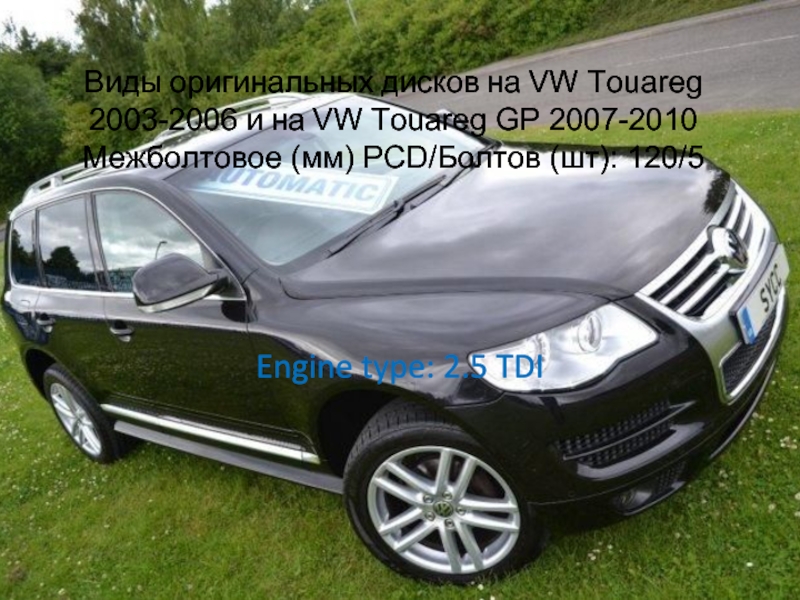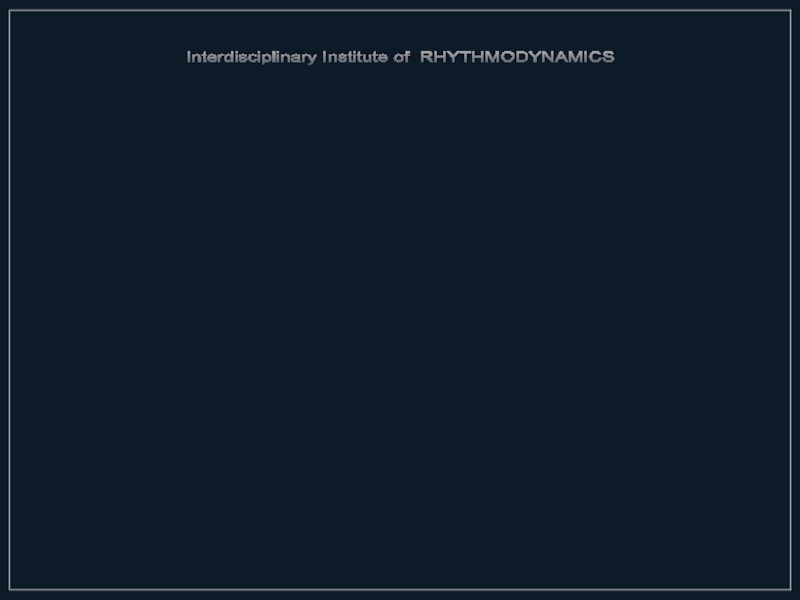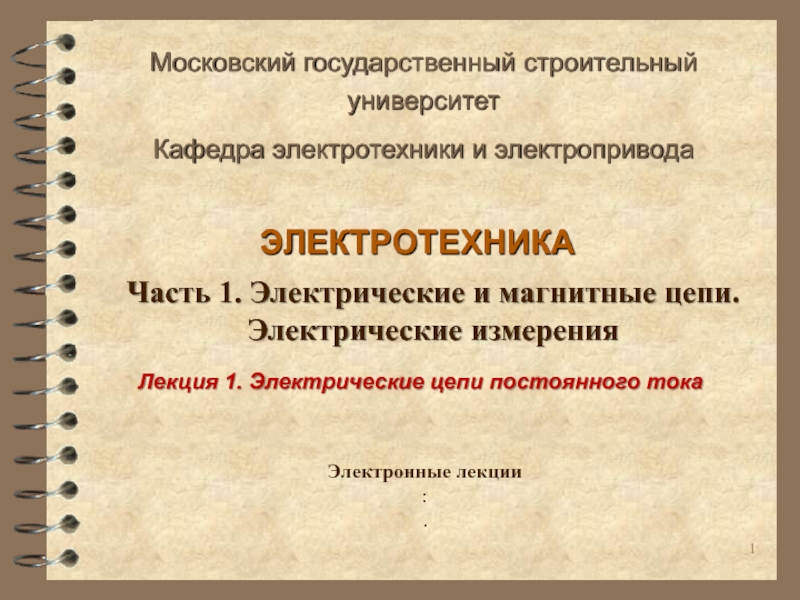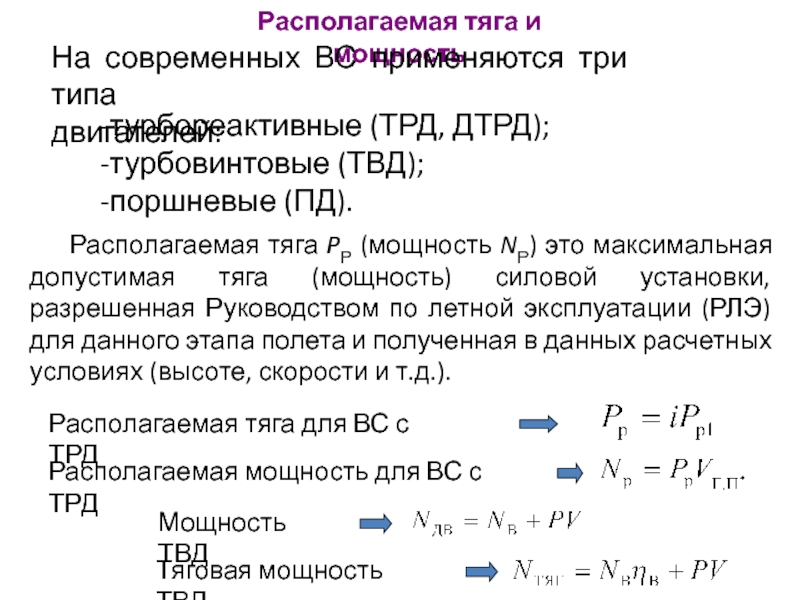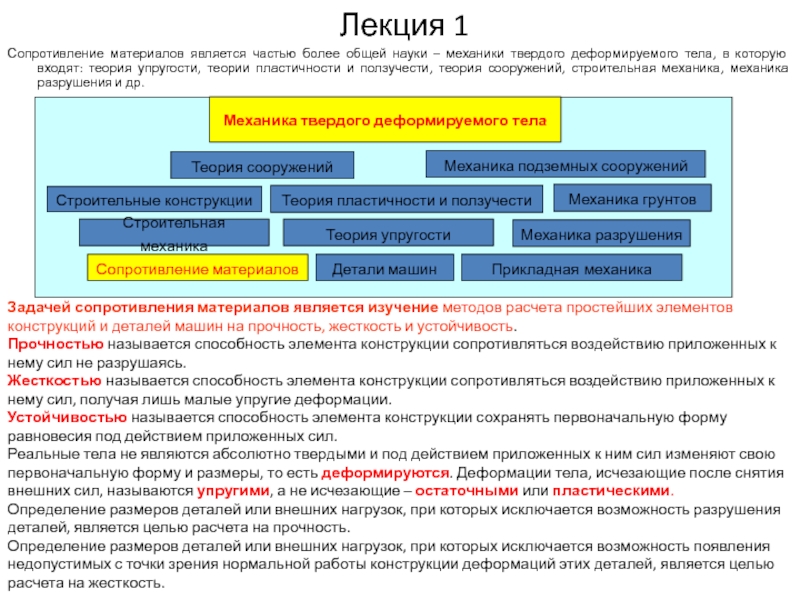- Главная
- Разное
- Дизайн
- Бизнес и предпринимательство
- Аналитика
- Образование
- Развлечения
- Красота и здоровье
- Финансы
- Государство
- Путешествия
- Спорт
- Недвижимость
- Армия
- Графика
- Культурология
- Еда и кулинария
- Лингвистика
- Английский язык
- Астрономия
- Алгебра
- Биология
- География
- Детские презентации
- Информатика
- История
- Литература
- Маркетинг
- Математика
- Медицина
- Менеджмент
- Музыка
- МХК
- Немецкий язык
- ОБЖ
- Обществознание
- Окружающий мир
- Педагогика
- Русский язык
- Технология
- Физика
- Философия
- Химия
- Шаблоны, картинки для презентаций
- Экология
- Экономика
- Юриспруденция
Atomic Structure презентация
Содержание
- 1. Atomic Structure
- 2. HISTORY OF THE ATOM 460 BC Democritus
- 3. HISTORY OF THE ATOM 1808 John Dalton
- 4. HISTORY OF THE ATOM 1898 Joseph John
- 5. HISTORY OF THE ATOM Thompson develops the
- 6. HISTORY OF THE ATOM 1910 Ernest Rutherford
- 7. HISTORY OF THE ATOM gold foil helium
- 8. HISTORY OF THE ATOM Rutherford’s new evidence
- 9. HISTORY OF THE ATOM 1913 Niels Bohr
- 10. Bohr’s Atom electrons in orbits nucleus
- 11. HELIUM ATOM + N N +
- 12. ATOMIC STRUCTURE Particle proton neutron electron
- 13. ATOMIC STRUCTURE the number of protons in
- 14. ATOMIC STRUCTURE Electrons are arranged in Energy
- 15. ATOMIC STRUCTURE There are two ways to
- 16. ELECTRONIC CONFIGURATION With electronic configuration elements are
- 17. ELECTRONIC CONFIGURATION Write the electronic configuration for
- 18. DOT & CROSS DIAGRAMS With Dot &
- 19. DOT & CROSS DIAGRAMS Draw the Dot
- 20. SUMMARY The Atomic Number of an
- 21. This powerpoint was kindly donated to www.worldofteaching.com
Слайд 2HISTORY OF THE ATOM
460 BC
Democritus develops the idea of atoms
he pounded
ATOMA
(greek for indivisible)
Слайд 3HISTORY OF THE ATOM
1808
John Dalton
suggested that all matter was made up
ATOMS
Слайд 4HISTORY OF THE ATOM
1898
Joseph John Thompson
found that atoms could sometimes eject
ELECTRON
Слайд 5HISTORY OF THE ATOM
Thompson develops the idea that an atom was
1904
like plums surrounded by pudding.
PLUM PUDDING
MODEL
Слайд 6HISTORY OF THE ATOM
1910
Ernest Rutherford
oversaw Geiger and Marsden carrying out his
they fired Helium nuclei at a piece of gold foil which was only a few atoms thick.
they found that although most of them passed through. About 1 in 10,000 hit
Слайд 7HISTORY OF THE ATOM
gold foil
helium nuclei
They found that while most of
helium nuclei
Слайд 8HISTORY OF THE ATOM
Rutherford’s new evidence allowed him to propose a
He suggested that the positive charge was all in a central nucleus. With this holding the electrons in place by electrical attraction
However, this was not the end of the story.
Слайд 9HISTORY OF THE ATOM
1913
Niels Bohr
studied under Rutherford at the Victoria University
Bohr refined Rutherford's idea by adding that the electrons were in orbits. Rather like planets orbiting the sun. With each orbit only able to contain a set number of electrons.
Слайд 13ATOMIC STRUCTURE
the number of protons in an atom
the number of protons
neutrons in an atom
He
2
4
Atomic mass
Atomic number
number of electrons = number of protons
Слайд 14ATOMIC STRUCTURE
Electrons are arranged in Energy Levels or Shells around the
first shell a maximum of 2 electrons
second shell a maximum of 8 electrons
third shell a maximum of 8 electrons
Слайд 15ATOMIC STRUCTURE
There are two ways to represent the atomic structure of
1. Electronic Configuration
2. Dot & Cross Diagrams
Слайд 16ELECTRONIC CONFIGURATION
With electronic configuration elements are represented numerically by the number
N
Nitrogen
7
14
2 in 1st shell
5 in 2nd shell
configuration = 2 , 5
2 + 5 = 7
Слайд 17ELECTRONIC CONFIGURATION
Write the electronic configuration for the following elements;
Ca
O
Cl
Si
Na
20
40
11
23
8
17
16
35
14
28
B
11
5
a)
b)
c)
d)
e)
f)
2,8,8,2
2,8,1
2,8,7
2,8,4
2,3
2,6
Слайд 18DOT & CROSS DIAGRAMS
With Dot & Cross diagrams elements and compounds
Nitrogen
N
X
X
X
X
X
X
X
N
7
14
Слайд 19DOT & CROSS DIAGRAMS
Draw the Dot & Cross diagrams for the
O
Cl
8
17
16
35
a)
b)
O
X
X
X
X
X
X
X
X
Cl
X
X
X
X
X
X
X
X
X
X
X
X
X
X
X
X
X
X
Слайд 20SUMMARY
The Atomic Number of an atom = number of
The Atomic Mass of an atom = number of
Protons + Neutrons in the nucleus.
The number of Protons = Number of Electrons.
Electrons orbit the nucleus in shells.
Each shell can only carry a set number of electrons.
